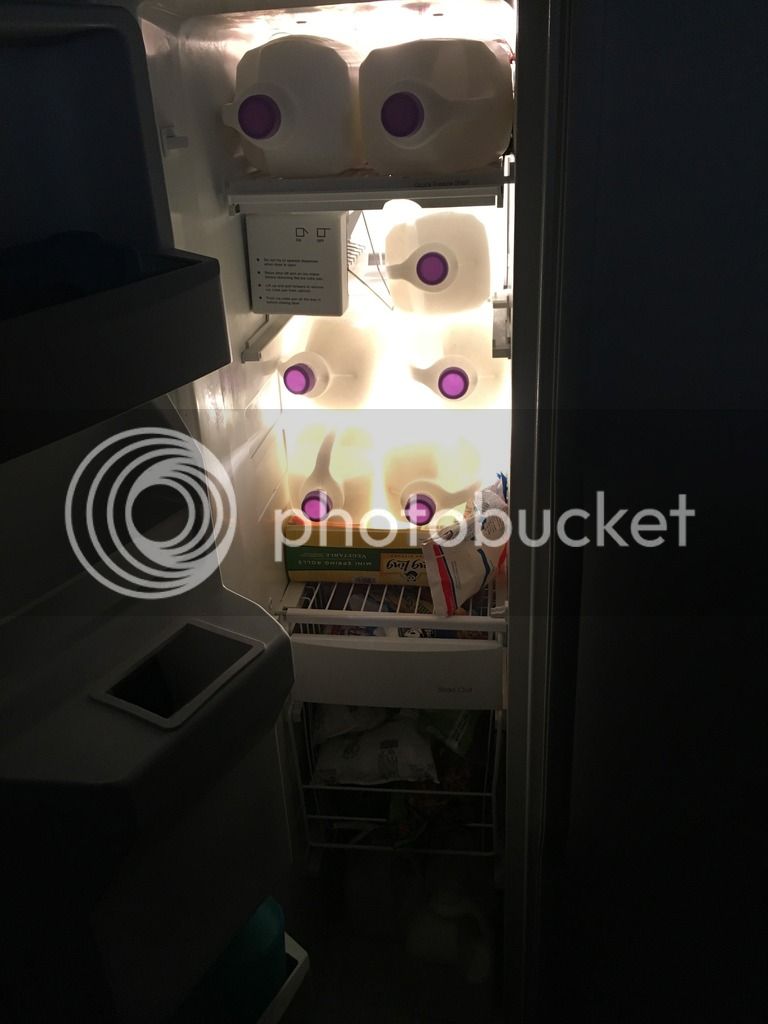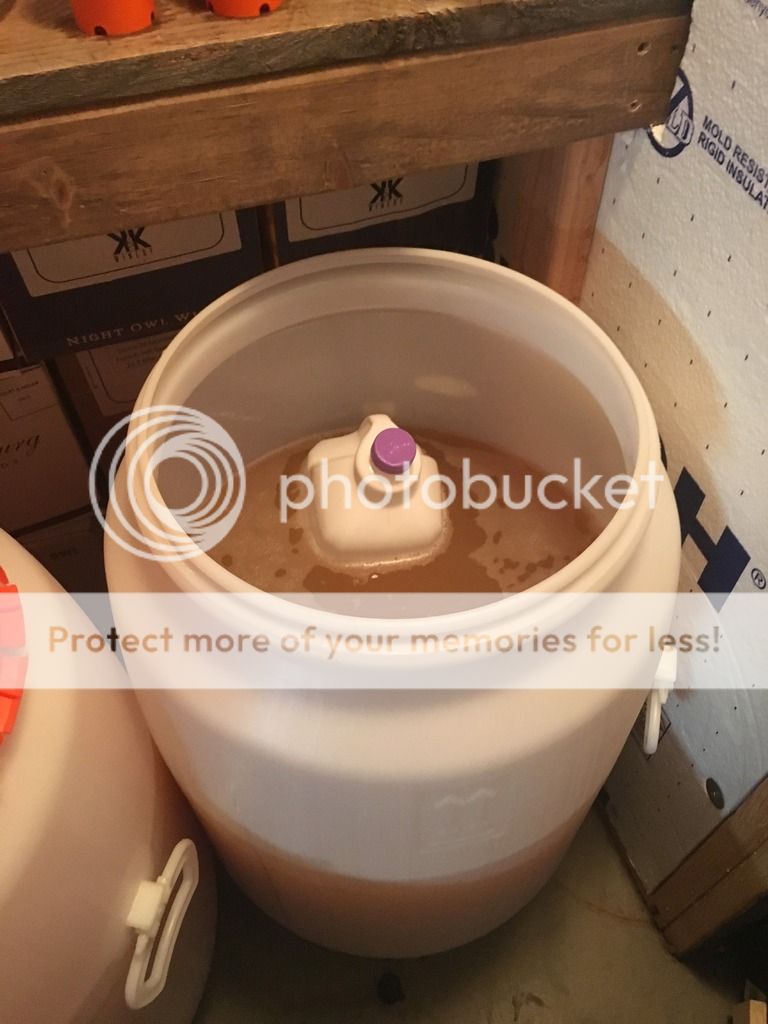Ajmassa
just a guy
I decided try out the kits for the 1st time and I jumped head first. Started an Eclipse 6 ga. Bravado w/ skins and a 1 ga World Vineyard Pinot Noir. I started both at the same time last night. Also have a carboy in same room ready to bottle currently at 61degrees. In basement not heated.
The two primary buckets read 68 degrees and I added yeast anyway. (Directions say between "Important**72-75 degrees** ). I never got crazy with exact temps with juice batches in the past. I imagine temp will eventually drop as time goes.
Question 1
Will this have any more effect other than fermentation taking a little longer to start or is there other potential damage possible?? Should I get a space heater? Moving to different area of house not an option. Currently in the doghouse with my wife, and I am not rocking that boat.
Question 2
When adding skins to the mesh bag directions said to leave room for skins to flow within. I just kinda winged that step. How vital is this, as my skins seem pretty packed inside that mesh in spite of extra space ??
The two primary buckets read 68 degrees and I added yeast anyway. (Directions say between "Important**72-75 degrees** ). I never got crazy with exact temps with juice batches in the past. I imagine temp will eventually drop as time goes.
Question 1
Will this have any more effect other than fermentation taking a little longer to start or is there other potential damage possible?? Should I get a space heater? Moving to different area of house not an option. Currently in the doghouse with my wife, and I am not rocking that boat.
Question 2
When adding skins to the mesh bag directions said to leave room for skins to flow within. I just kinda winged that step. How vital is this, as my skins seem pretty packed inside that mesh in spite of extra space ??































![[Upgraded] 9Pcs Tree Root Growing Box with Drain Holes, Half Transparent Plant Rooting Propagation Ball & Metal Core Twist Ties, for Fast Propagation Plants (Size M)](https://m.media-amazon.com/images/I/514MWQxtWOL._SL500_.jpg)































